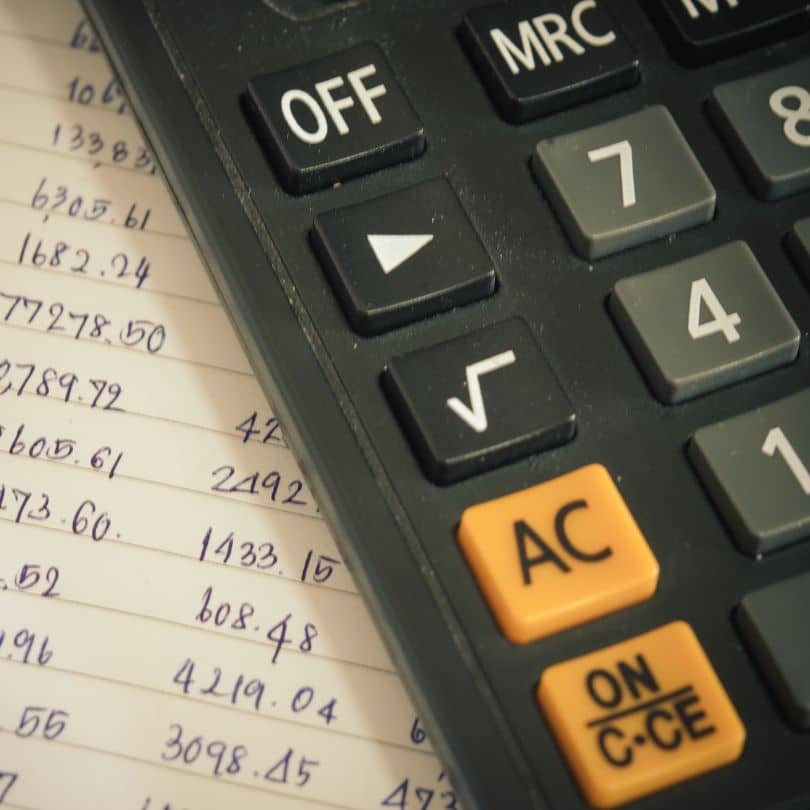Numbers are integral to our everyday lives, and it’s hard to imagine a world without them. But have you ever wondered where our numeral system originated? Enter the captivating history of Arabic numerals. Thanks for reading this article from Linguamid. Make sure to visit my blog and YouTube channel for more resources
Contrary to what the name suggests, Arabic numerals did not actually originate in the Arab world. They trace their roots back to ancient India, where the system was first devised around the 6th century. Over time, this numeral system spread across the Arab world and eventually made its way to Europe, revolutionizing mathematics and paving the way for modern arithmetic.
Arabic numerals, also known as Hindu-Arabic numerals, gained popularity due to their simplicity and versatility. Unlike other numeral systems, the Arabic ones use a decimal system, allowing for easy calculations and mathematical operations. Check my article about the Hindu-Arabic system.
Today, this type of numeral has become the standard numeral system used worldwide, dominating fields ranging from mathematics to finance to computer programming.
So the next time you use a calculator or read a price tag, take a moment to appreciate the rich history and global impact of such numerals.
The origin

Contrary to what the name suggests, These numerals did not actually originate in the Arab world. They trace their roots back to ancient India, where the system was first devised around the 6th century.
This numeral system, known as the Hindu-Arabic numeral system, was developed by mathematicians in India, who were seeking a more efficient way to represent numbers.
The Hindu-Arabic numeral system introduced the concept of positional notation, where the value of a digit depends on its position in the number. This revolutionary idea allowed for the representation of larger numbers using a limited set of symbols.
The system used ten basic symbols, from 0 to 9, and a place value system, allowing for easy calculation and manipulation of numbers.
Over time, this numeral system spread across the Arab world through trade and cultural exchange. Arab scholars recognized the superiority of the Hindu-Arabic numeral system and adapted it for their own use.
They made significant contributions to the development and refinement of the system, including the introduction of the zero digit, which was crucial for mathematical operations.
The spread of Arabic numerals in the Islamic world
During the Islamic Golden Age, Arabic numerals gained popularity, thanks to scholars like al-Khwarizmi. These numerals revolutionized math and science, introducing concepts like zero.
They spread to Europe through works like Fibonacci’s “Liber Abaci,” replacing Roman numerals due to their efficiency and simplicity.
Today, they are globally used in various fields, embodying a universal language transcending cultures, showcasing their enduring legacy from ancient India to modern times.
Modern usage and importance of Arabic numerals

In the modern world, Arabic numerals are ubiquitous and indispensable. They are used in various fields and industries, ranging from mathematics to finance to computer programming.
The global dominance of these powerful numerals is a testament to their efficiency and effectiveness in representing numbers and performing calculations.
In the field of mathematics, Arabic numerals are the go-to system for teaching and learning. From elementary schools to advanced research institutions, the decimal system based on Arabic numerals forms the foundation of mathematical education.
The simplicity and logical structure of Arabic numerals make them ideal for introducing complex mathematical concepts and operations.
In the realm of finance, the numerals are essential for accurate and efficient calculations. From balancing budgets and calculating interest rates to analyzing financial data, Arabic numerals provide a reliable and standardized system for managing and understanding numbers.
The decimal system also enables precise calculations of currency conversions, ensuring accurate financial transactions across borders.
They are also crucial in the field of computer programming. Computers, being binary machines, rely on the decimal system for representing and manipulating numbers. Arabic numerals, with their decimal positioning system, align perfectly with the binary nature of computers, allowing for seamless integration and efficient coding.
The enduring legacy
From their humble origins in ancient India to their global dominance today, Arabic numerals have left an indelible mark on the mathematics world and beyond.
Their simplicity, efficiency, and versatility have made them the preferred numeral system for countless cultures and industries. In my Modern Standard Arabic (MSA) Accelerator course, we dive in detail in the world of MSA, including its exiting numeral system.
As we go about our daily lives, taking these numerals for granted is easy. But behind every calculation, every price tag, and every scientific discovery lies a rich history and a fascinating story. So the next time you use a calculator or read a price tag, take a moment to appreciate the enduring legacy of Arabic numerals and their impact on our modern world.